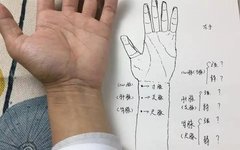Personal Introduction: A “post-90s” TCM practitioner in their forties, with a Master’s degree in Traditional Chinese Medicine, a licensed TCM physician, ten years of experience in a tertiary hospital, and ten years of independent practice in the community. I have no specific school of thought and advocate for classical TCM, with the life goal of making TCM understandable to the public and strengthening the Chinese nation through TCM.
Hello everyone, let’s continue discussing the “Shang Han Lun” (Treatise on Cold Damage).
Last time, we briefly talked about the “Se” (string-like) pulse,
and discussed the different understandings of “Shang Han pulse diagnosis” versus “textbook pulse diagnosis”.
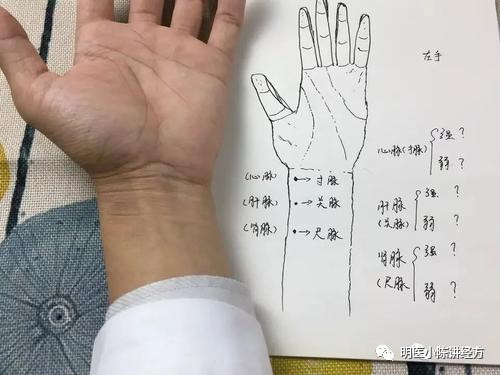
Today, we will discuss the basics of pulse diagnosis:
“Floating Pulse and “Deep Pulse”.
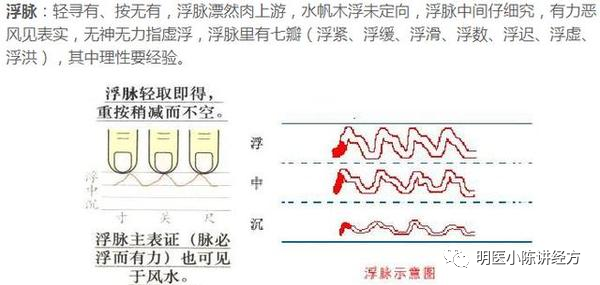
What are the core points of the floating pulse?
I refer to the“sensation“.
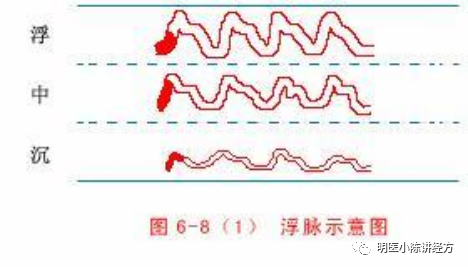
Pulse diagnosis is abstract, and when starting to learn, do not overextend; focus on the basics.
The floating pulse is not a sensation from the inside out, nor is it a pushing outwards.
The floating pulse refers to the position of the pulse, which can be felt by lightly placing the fingers on it.
It can be strong or weak.
The pulse can rise or fall, and can be strong or weak.
As long as it can be felt with light pressure, it is a floating pulse. Does everyone understand this?
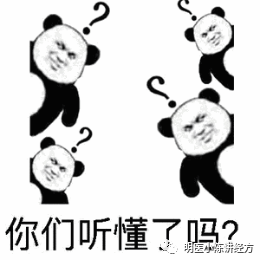
What about the “Deep” pulse?
What is the basic pulse pattern?
To what extent should one press down?
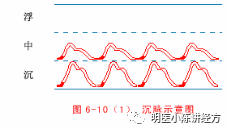
What bone is beneath the cun (radial) pulse?
Radial Bone—— pressing down to the bone is called “deep pressure”.
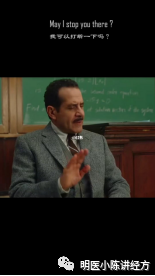
Let me clarify,the deep pulse does not necessarily mean it cannot be felt with light pressure, so don’t get too caught up in that for now!
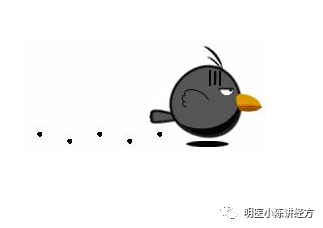
Floating and deep pulses refer tothe position of the pulse.
Do not mix in other factors like strength or weakness.
Floating and deep pulses are very important.
When we feel the pulse, we must first know where the pulse is located. So it is either floating or deep.
What do we call the middle pulse?
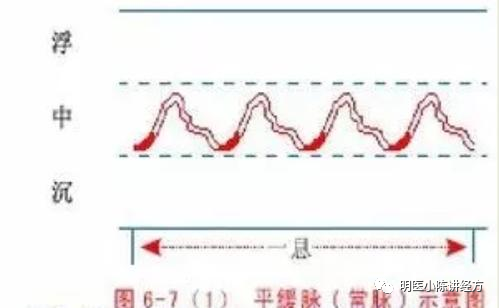
“In our school, we classify the middle pulse as a “floating” pulse.
In fact, the “Shang Han Lun” also categorizes it this way.

Everyone, look at this picture.
Sky — “Floating” Earth — “Deep“.
What is in between? —The red is the evening glow.
The initial water cycle in nature had no human involvement.
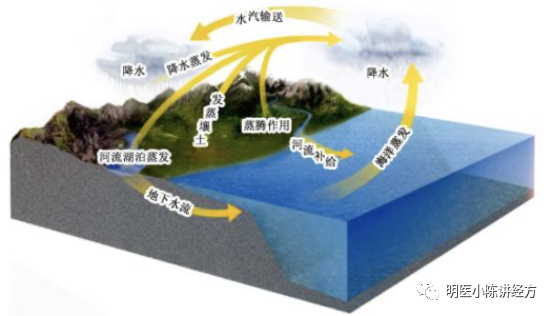
It is the water cycle that gave birth to humanity.
So from the perspective of pulse position, it is like heaven and earth.
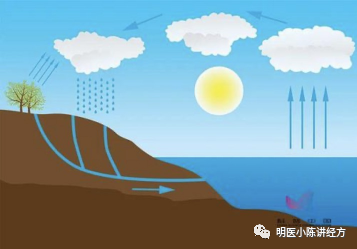
Earth (rivers and lakes) evaporates into clouds—Yin transforms into Yang.
Heavenly vapor (clouds) drifts with the wind and descends as rain—Yang transforms into Yin.
My understanding is that“Floating Pulse” 2/3, those who understand the floating pulse will conquer the world..
Understanding the water cycle is absolutely helpful for understanding pulse patterns.
So when we feel“Floating Pulse“, who has the problem?
—The sky has the problem, no doubt.
What is in the sky?
–The atmosphere (stratosphere — which is actually what we refer to as the cloud layer) and the sun.
It actually refers tothe heart and lungs, or the upper jiao.
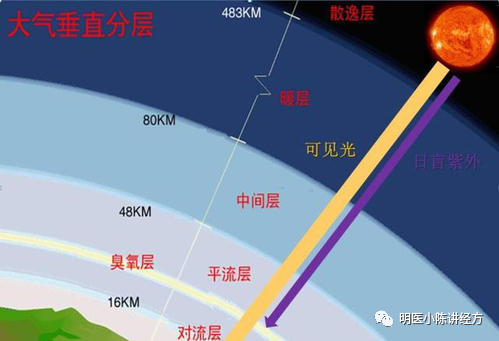
And what about the deep pulse? What does the deep pulse indicate?
–It isthe “land”
—liver, spleen, kidney, which can also be referred to asthe middle jiao and lower jiao.
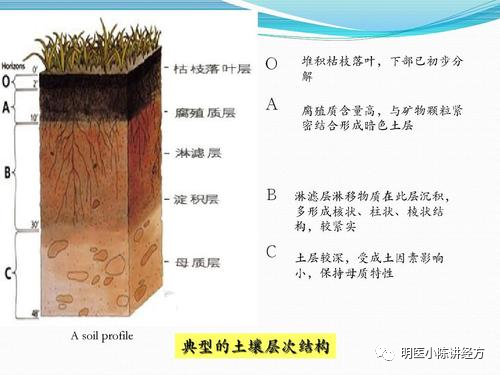
What if the pulses in the left and right hands are different? Which process is “left rising”?
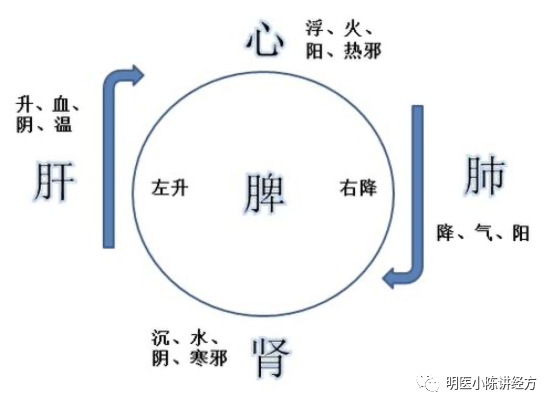
Kidney—Liver—Heart——–this process is left rising, governing kidney Yin—liver blood—heart blood–“Yin“;
Lung—Spleen—Kidney———this process is right descending, governing lung Qi—spleen Qi—kidney Yang–“Yang“.
So“Yin“ rises, “Yang“ descends.
This is a matter of“self-rotation”, which we will discuss later.
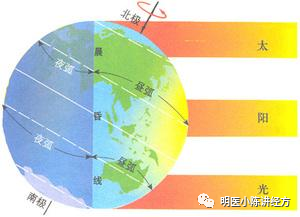
We have opened a video account and a small shop, welcome everyone to scan the code to follow.

More clinical practice, more experiences!
Easy to learn and understand Practical and effective
Let TCM practitioners comprehend the classics
Let the public understand TCM


